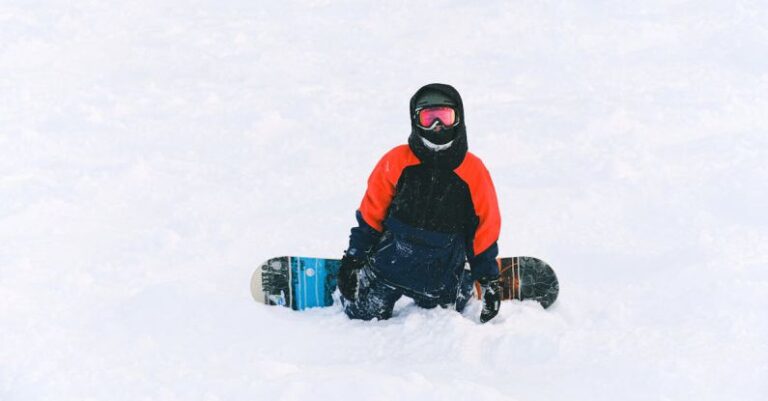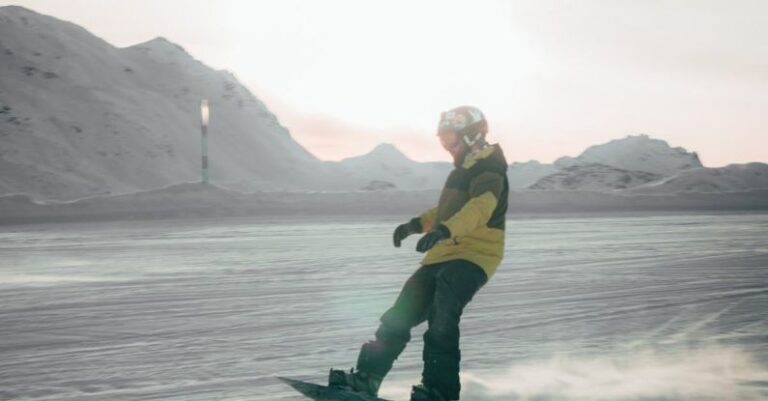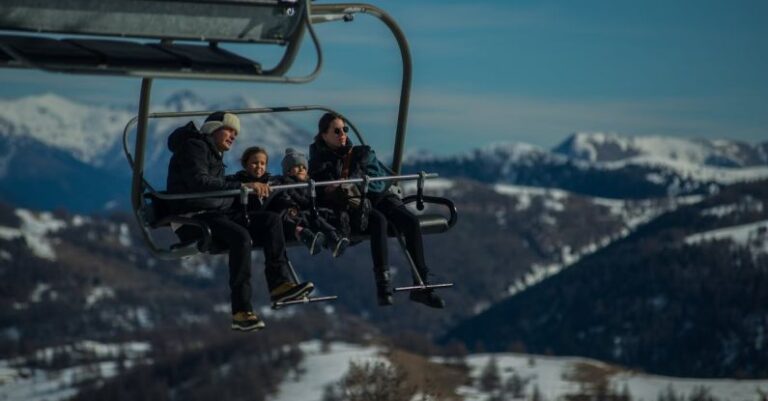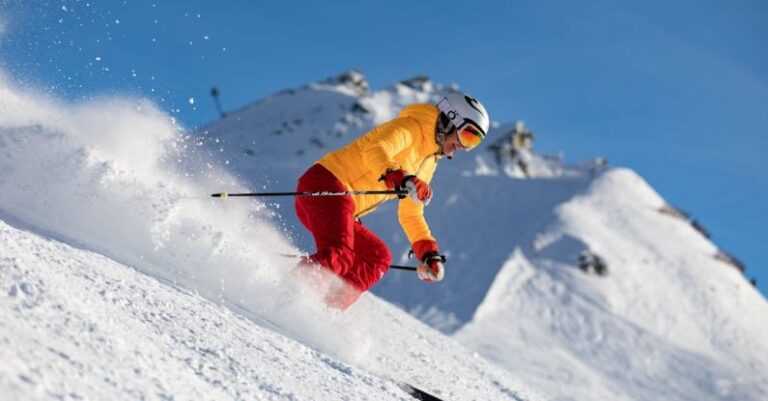
Are you an avid skier looking to take your skills to the next level? Setting realistic ski training goals is essential for making progress and staying motivated throughout your journey. Whether you’re a beginner or a seasoned skier, having clear and achievable objectives can help you track your development and push yourself to new heights on the slopes. In this article, we’ll explore effective strategies for setting realistic ski training goals that will enhance your skiing experience and lead to tangible improvements in your performance.
**Understanding Your Current Skill Level**
Before you can establish meaningful ski training goals, it’s crucial to assess your current skill level accurately. Take some time to reflect on your strengths and weaknesses as a skier. Are you confident on blue runs but struggle with mogul fields? Do you excel at carving but lack speed on straightaways? By identifying areas for improvement, you can tailor your training goals to address specific challenges and enhance your overall skiing abilities.
**Setting Specific and Measurable Objectives**
To ensure your ski training goals are achievable, it’s essential to make them specific and measurable. Instead of setting a vague goal like “improve my skiing,” try breaking it down into smaller, more concrete objectives. For example, you could aim to master parallel turns on black diamond runs or increase your average speed by 5 mph. By setting clear benchmarks for success, you can track your progress more effectively and stay motivated as you work towards your ultimate goal.
**Establishing Realistic Timeframes**
While it’s important to challenge yourself with ambitious ski training goals, it’s equally crucial to set realistic timeframes for achieving them. Consider factors such as your current skill level, the amount of time you can dedicate to training, and any upcoming ski trips or competitions. By setting achievable deadlines for reaching your goals, you can stay on track and avoid feeling overwhelmed or discouraged by slow progress.
**Staying Flexible and Adaptable**
In the dynamic world of skiing, conditions can change rapidly, and unforeseen challenges may arise. To set realistic ski training goals, it’s essential to remain flexible and adaptable in your approach. Be prepared to adjust your objectives based on your performance, feedback from instructors, and changes in weather or terrain. By staying open-minded and willing to modify your goals as needed, you can continue to make steady progress and overcome obstacles along the way.
**Tracking Your Progress**
One of the most effective ways to stay motivated and accountable in your ski training journey is to track your progress regularly. Keep a training journal or use a ski tracking app to record your performance metrics, such as speed, distance, and technique improvements. Reviewing your progress over time can help you stay motivated, identify areas for further development, and celebrate your achievements along the way.
**Celebrating Achievements and Setting New Goals**
As you work towards your ski training goals, don’t forget to celebrate your achievements along the way. Whether you successfully conquer a challenging run, improve your technique, or reach a new speed milestone, take the time to acknowledge your progress and reward yourself for your hard work. Once you’ve reached a goal, set your sights on new objectives that will continue to push your skiing abilities to new heights. By maintaining a cycle of setting, achieving, and celebrating goals, you can stay motivated and inspired to keep improving as a skier.
**In Summary**
Setting realistic ski training goals is a fundamental aspect of enhancing your skiing abilities and maximizing your enjoyment on the slopes. By understanding your current skill level, setting specific and measurable objectives, establishing realistic timeframes, staying flexible and adaptable, tracking your progress, and celebrating achievements, you can create a comprehensive goal-setting strategy that will propel you towards success in your skiing endeavors. Remember, the key to setting effective ski training goals is to challenge yourself while also being mindful of your limitations and staying focused on continuous improvement. So, lace up your boots, hit the slopes, and start setting goals that will elevate your skiing experience to new heights!





